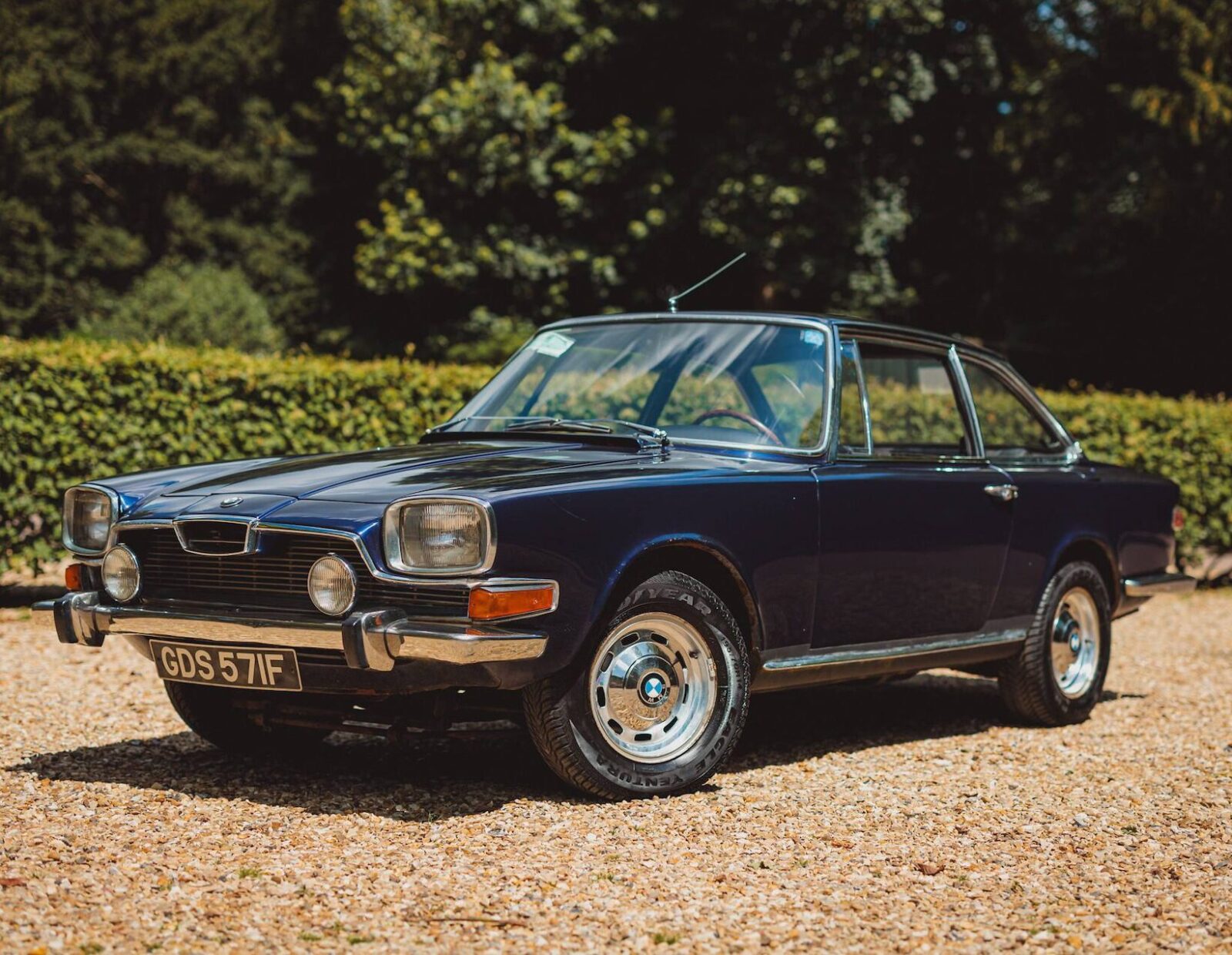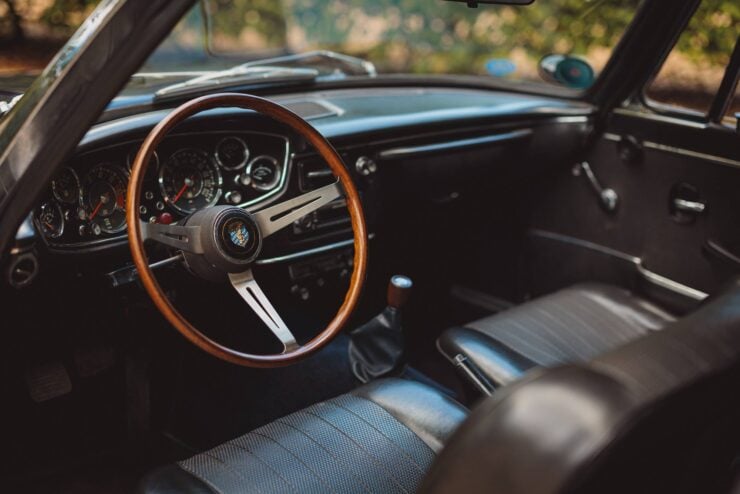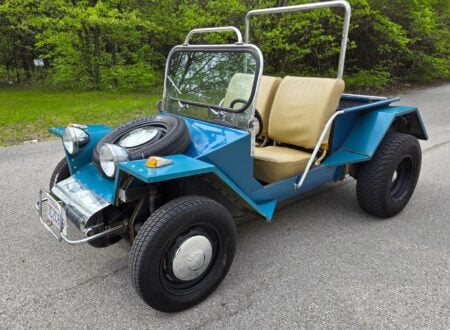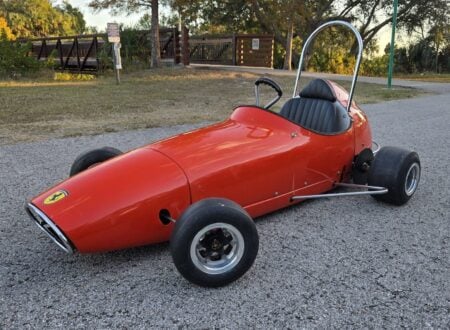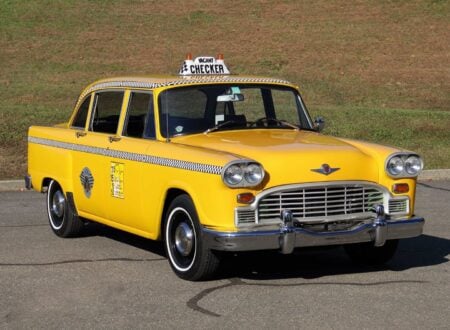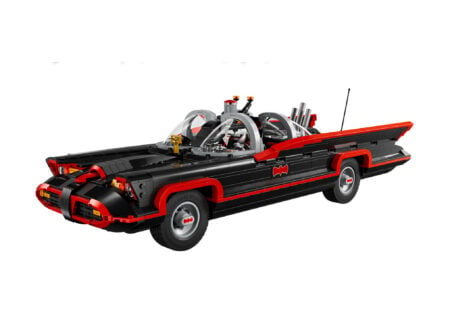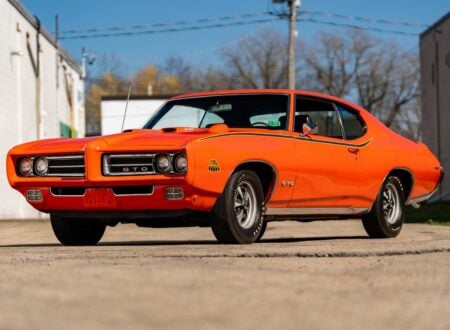This is one of just 389 examples of the BMW Glas 3000 V8 coupe that was made, it’s one of the more unusual BMWs from the period that was originally built by automaker Hans Glas to a design by Italy’s Pietro Frua.
The BMW Glas 3000 V8 was originally powered by a 3.0 liter V8. This model would only be built for eight months, from September 1967 to May 1968, and as a result even many BMW aficionados have never seen one in person.
Fast Facts – The BMW Glas
- The BMW Glas 3000 V8 is a rare automobile, with only 389 examples produced during its brief eight-month production run from September 1967 to May 1968. Originally designed by Hans Glas GmbH and styled by Italian designer Pietro Frua, this model represents an unusual chapter in BMW’s history. The car was originally fitted with a 3.0 liter V8 engine and was nicknamed “Glaserati” due to its resemblance to Frua’s earlier design for the Maserati Quattroporte.
- Hans Glas GmbH, founded in 1883 as an agricultural machinery repair company, evolved over time to produce microcars and scooters after World War II. As consumer tastes changed, Glas began manufacturing larger vehicles, culminating in the Glas 2600 V8 in 1963. The 3000 V8 model, introduced in 1967, was an attempt to compete with luxury brands like Audi, BMW, and Mercedes.
- The Glas 3000 V8 offered impressive performance for the time, it had independent front and rear suspension, front and rear disc brakes (with inboard discs at the rear), and a belt-driven overhead camshaft for each cylinder bank. The V8 was created by combining two four-cylinder units in a V-formation, and it was good for 160 bhp and 173 lb ft of torque. With a top speed of 200 km/h (126 mph), the car was well-suited for Autobahn cruising.
- BMW acquired Hans Glas GmbH in late 1966, primarily to expand its production capabilities. The fate of the Glas V8 models was debated, with BMW commissioning a fastback prototype from Frua. Ultimately, production ceased in May 1968 after only 389 units of the 3000 V8 were made. Today, surviving examples are highly sought after by enthusiasts who appreciate the car’s unique history and engineering prowess.
Hans Glas: From Steam, To Microcars, To V8s
Hans Glas GmbH was founded by mechanic Andreas Glas in 1883 as an agricultural machinery repair company in Pilsting, Germany. The company’s first name was the delightfully logical Andreas Glas, Reparaturwerkstätte für landwirtschaftliche Maschinen mit Dampfbetrieb, meaning “Andreas Glas, repair shop for steam-powered agricultural machines.”
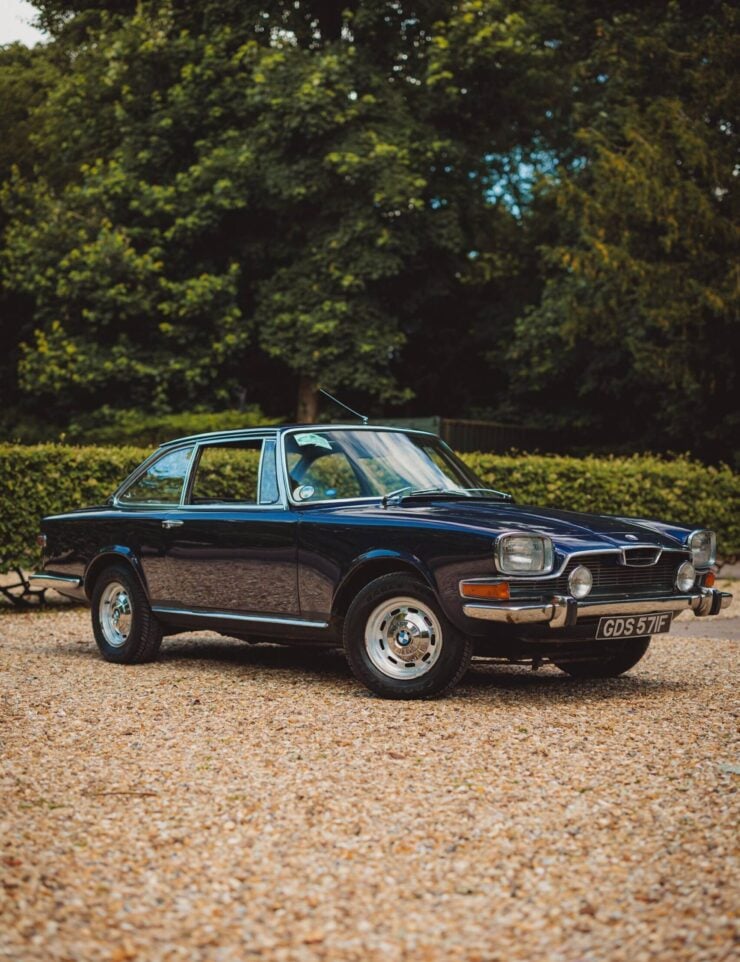

The company grew over the years and by 1905 Glas developed his own crop sowing machine which he put into production. Production numbers would climb, and within a few years Glas was building over a hundred machines a year.
After World War II the company was renamed Hans Glas GmbH and initially, it began producing the kind of small, fuel-efficient vehicles that were very much in demand across post-WWII Europe – microcars and scooters. The most famous of the Glas microcars was the Goggomobil which was built in sedan, van, and coupe variants.
By the late 1950s consumer tastes were changing in line with their increasing spending power, and as a result Glas began manufacturing larger and larger cars, starting with the Glas Isar series, then moving on to the Glas 1000 series, the Glas 1300 GT and 1700 GT, and finally in 1963 to the Glas 2600 V8 – an elegant grand tourer designed to compete with the likes of Audi, BMW, and Mercedes.
The Glas 3000 V8
The Glas 3000 V8 debuted in late 1967, it was closely based on the earlier Glas 2600 V8 (and the six-cylinder Glas GT) but made use of a larger-displacement version of the same engine, now stretched from 2580cc out to 2982cc or 3.0 liters. This V8 had been made by taking the pre-existing Glas four-cylinder engine and using the upper end of the motor, multiplied by two of course, fitted in a V-formation to a new block.
As Glas was a smaller automaker they often bought in parts, as a result the 2600 V8 and the later 3000 V8 had headlights from a Setra bus, door locks from a Porsche 911, and window winders from a Mercedes-Benz 230SL.
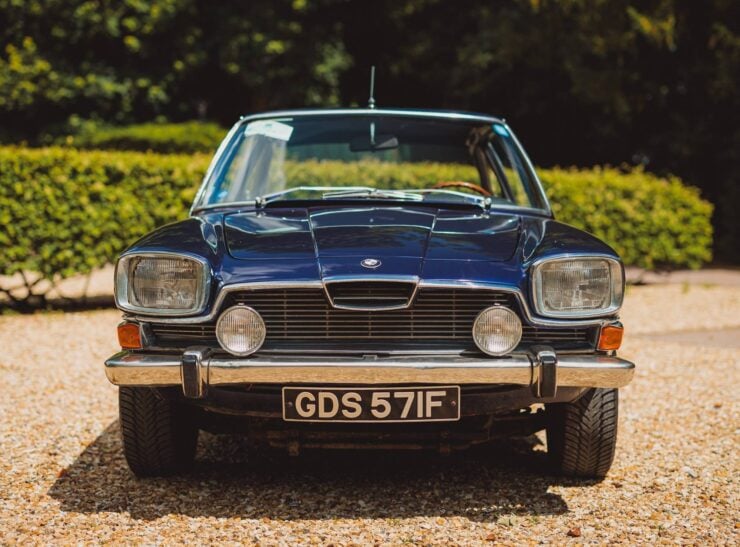

The Glas GT and the V8s were designed by the long-running preferred stylist for Glas, Pietro Frua. The similarity between these cars and the (also Frua designed) first-generation Maserati Quattroporte resulted in the Glas cars being jokingly referred to as the “Glaserati,” a nickname they still carry today.
Under their Italian-designed skin the Glas 3000 V8, and its earlier stablemate the 2600 V8, were relatively advanced cars for the period. They were fitted with independent front and rear suspension, with upper and lower A-arms and coil springs up front and a leaf-sprung independent De Dion rear axle in the rear.
The cars also had front and rear disc brakes, inboard discs were used in the rear, as well as a belt-driven overhead camshaft for each cylinder bank. By the standards of the mid-1960s these Glas coupes were impressive from and engineering standpoint, and it’s clear that Glas company executives were working hard to deliver the best cars possible in the hopes of saving the company.
The 3000 V8 has 160 hp at 5,100 rpm and 173 lb ft of torque at 3,400 rpm, and it sends its power back through a 4-speed manual transmission to the rubber-mounted differential. The model is said to be capable of 200 km/h (126 mph), making it an ideal candidate for journeys on the Autobahn.
When BMW acquired Hans Glas GmbH in late 1966 it wasn’t because they wanted access to the Glas catalogue of cars, it’s because they needed to expand and they wanted to use the Glas factories increase their own production.
There must have been no small amount of debate at BMW about what to do with the unusual Glas V8 coupes. It seems there was enough interest in keeping the model in production to hire Pietro Frua to design an all-new fastback body for the car specifically for BMW – the BMW-Glas 3000 V8 Fastback prototype of which only one was made.
In the end BMW kept the BMW-Glas V8 in production until only May 1968 when it ceased production. 277 examples of the 2600 V8 had been made followed by 389 examples of the 3000 V8, today the surviving examples are much sought after by enthusiasts who extoll the virtues of the cars to all who’ll listen.
The 1968 BMW Glas Shown Here
The car you see here is a 1968 BMW Glas with just 23,019 miles on the odometer. It’s finished in Metallic Blue over a Black interior, it’s fitted with the correct steel wheels with chrome hubcaps, and it benefits from a 2009 restoration by Classic Restorations Ltd of Alyth in Perthshire.


During the restoration the car had a BMW M30 2.8 liter six-cylinder engine fitted, it was sourced from a E12 5 Series. The 2.8 liter M30 is good for 181 bhp at 5,800 rpm and 177 lb ft of torque at 4,200 rpm, offering a slight power increase over the 160 bhp that was produced by the original 3.0 liter Glas V8.
The car has four-wheel disc brakes, a 5-speed manual gearbox, an electronic ignition system, and an electric fuel pump. It also has Monroe “Load Leveller” pneumatically adjustable rear shock absorbers, refurbished rear leaf springs, new front dampers, and an uprated servo-assisted braking system.
This example of the BMW Glas presents beautifully throughout, it’s currently residing in the UK where it’s road registered and MOT’d.
If you’d like to read more about it or register to bid you can visit the listing on Bonhams Online here. The car comes with an extensive folder of almost 50 documents including invoices, registration, and import paperwork.
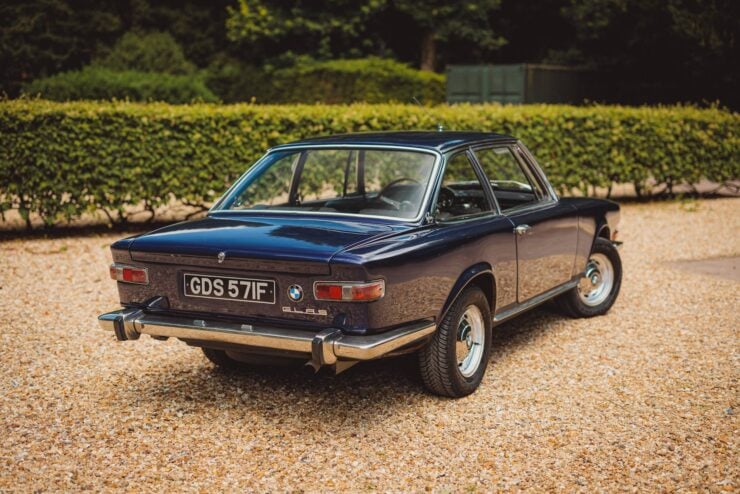
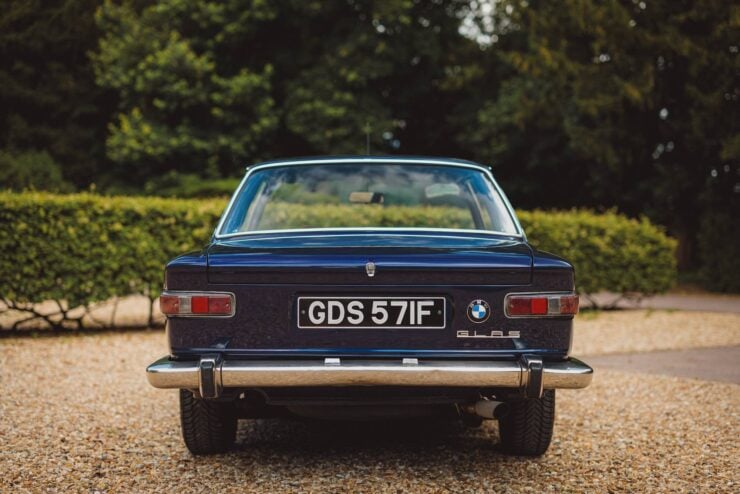
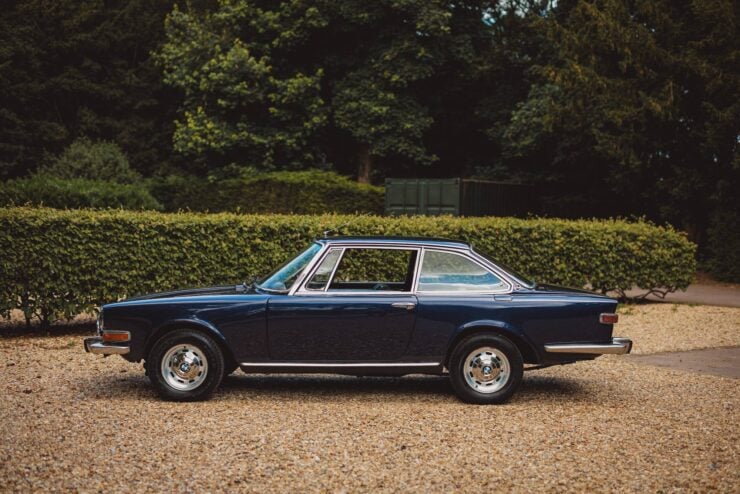
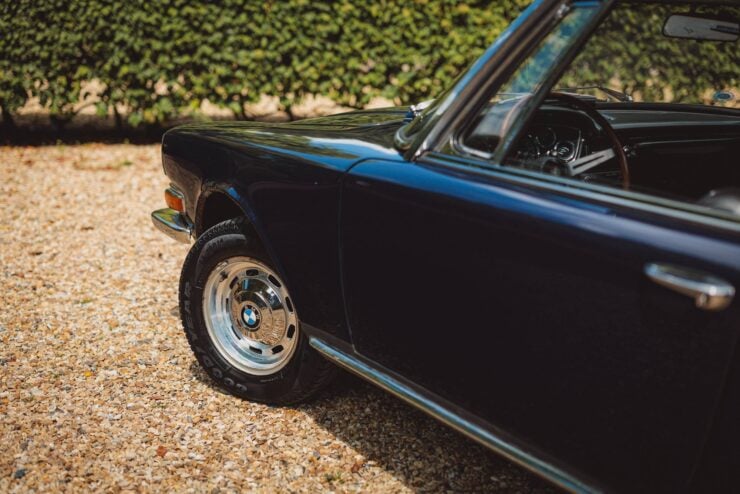
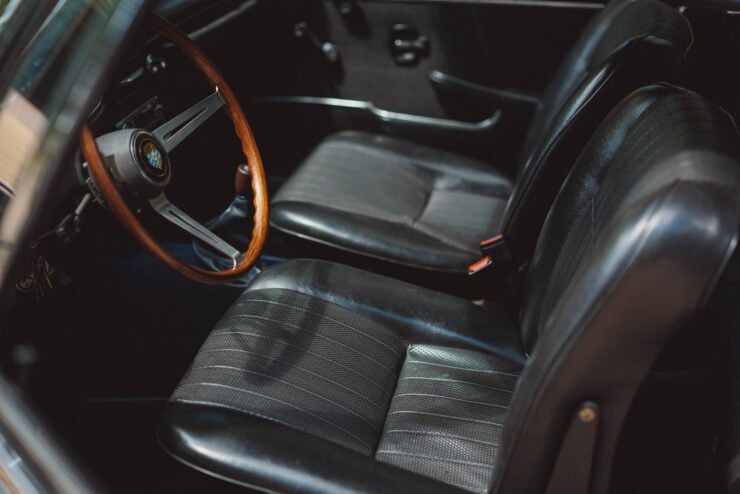
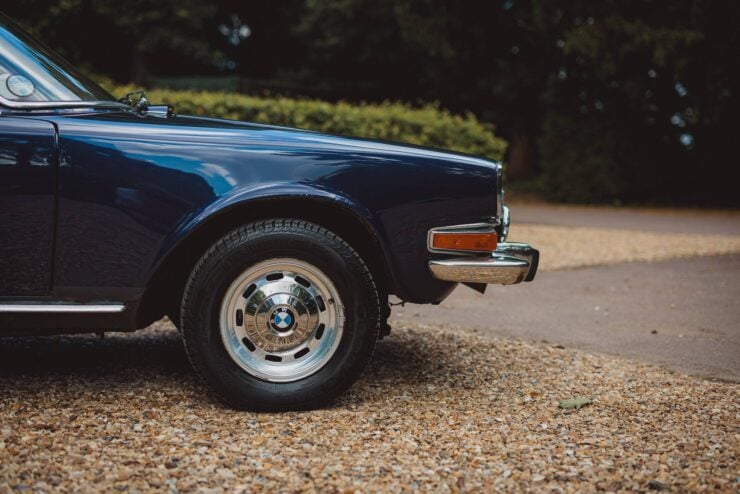
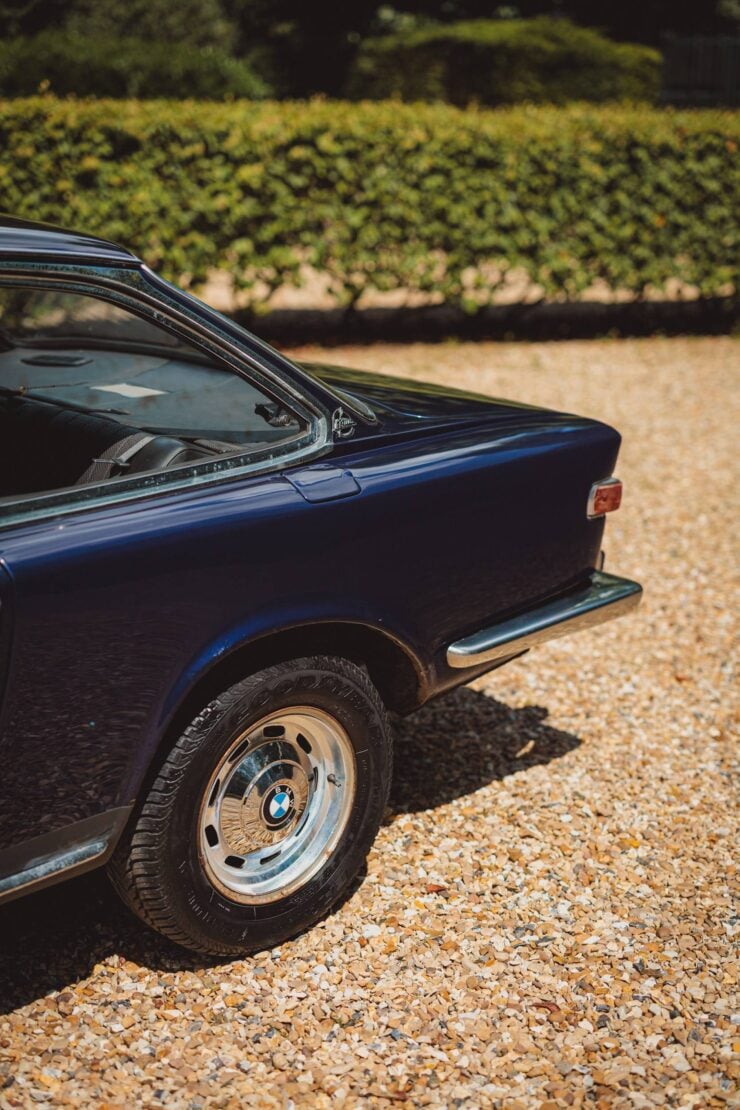
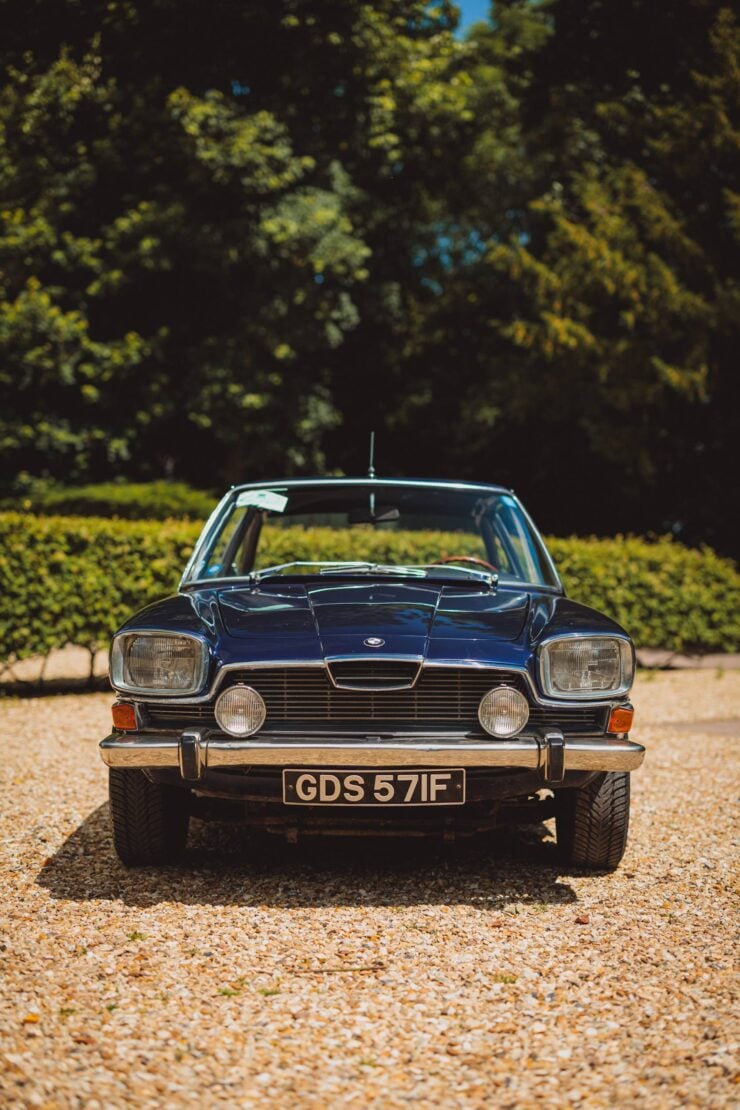
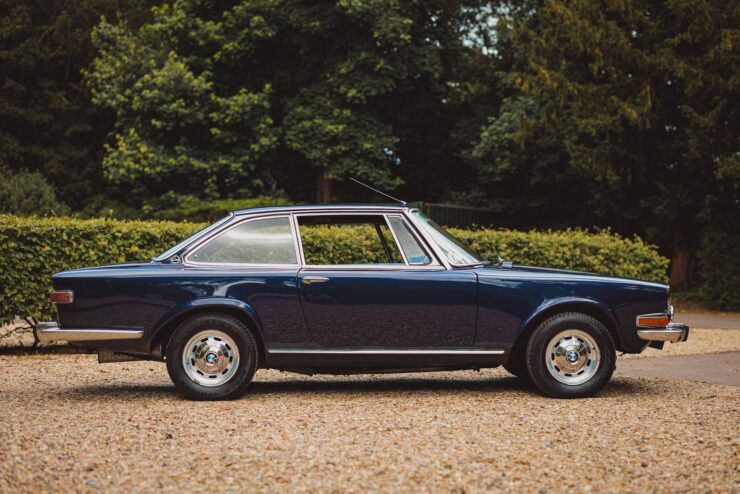
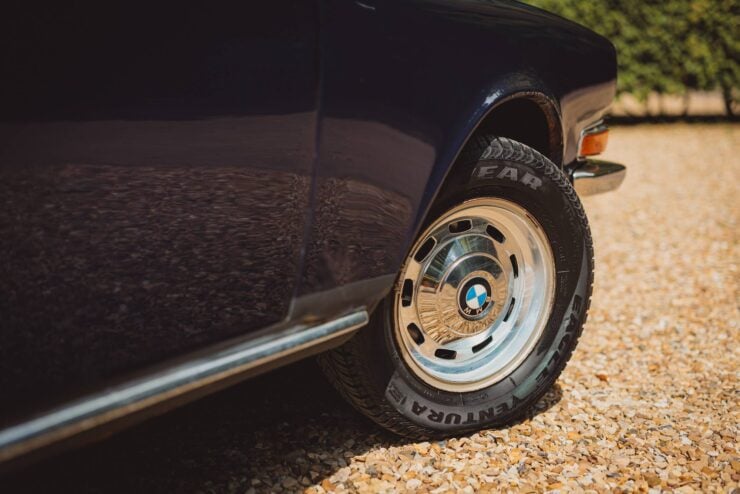
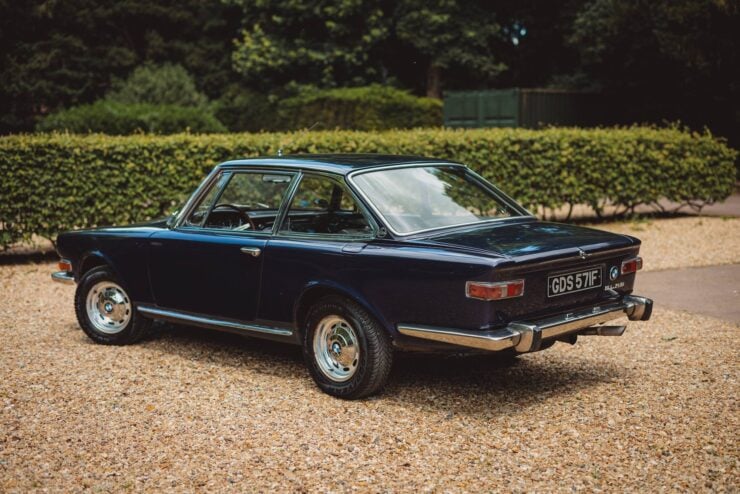
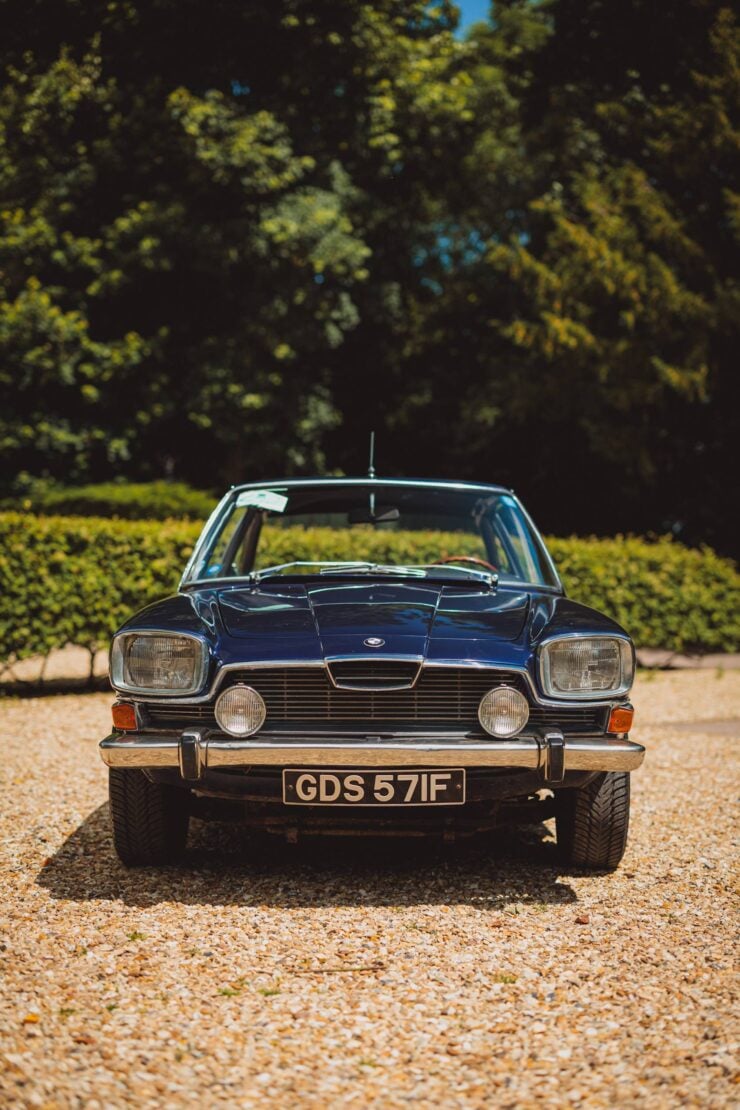

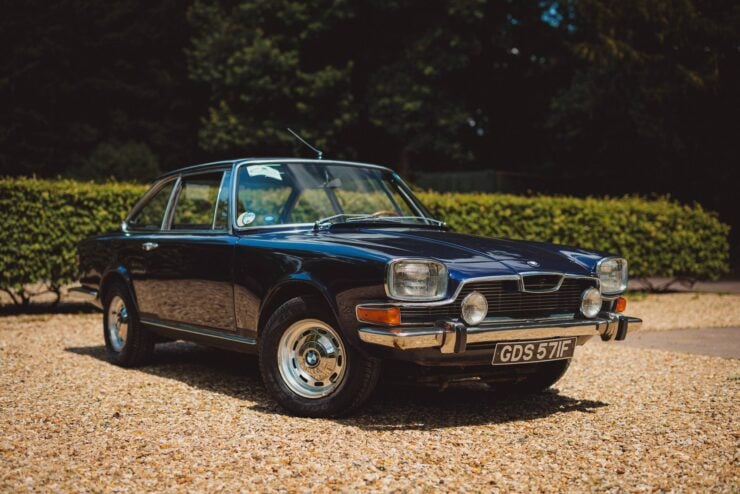
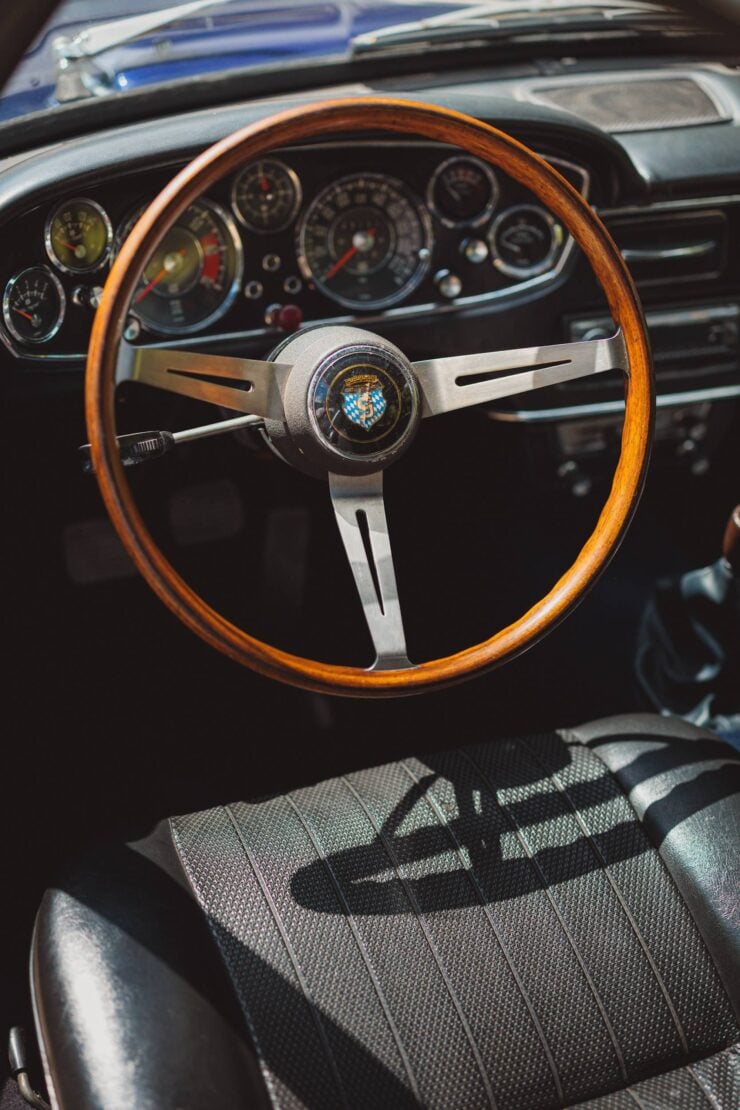
Images courtesy of Bonhams Online

